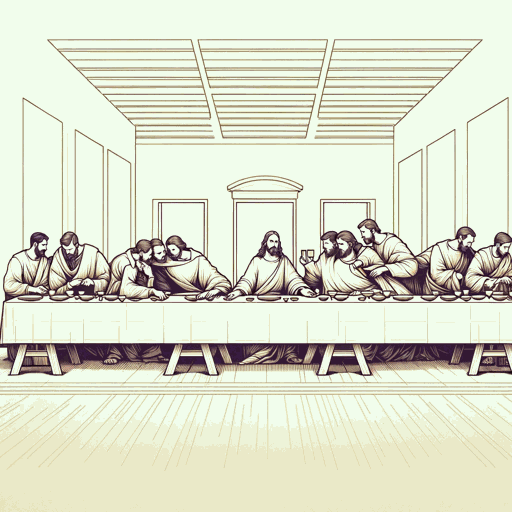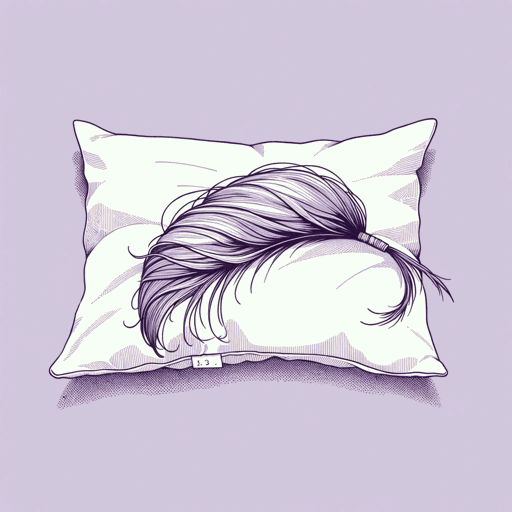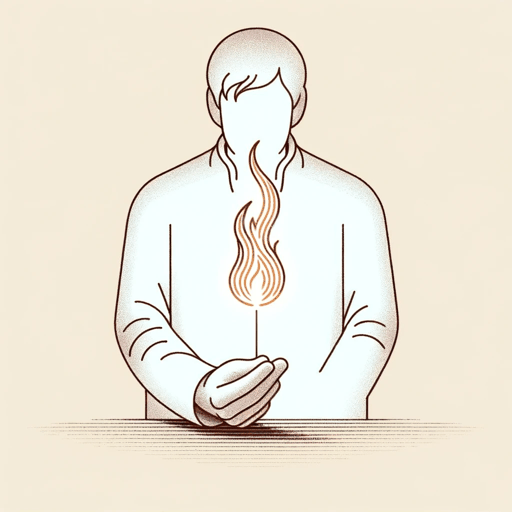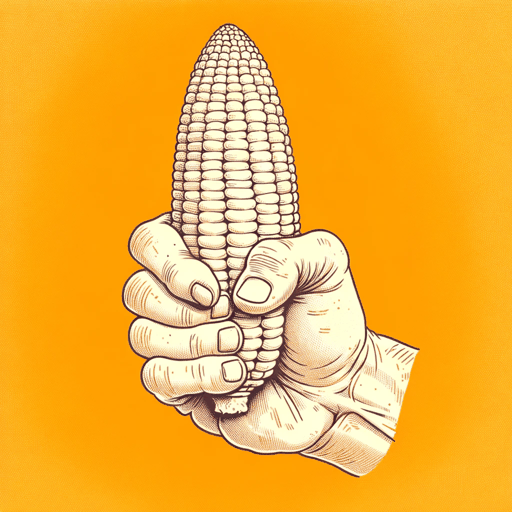34 pages • 1 hour read
William FaulknerDry September
Fiction | Short Story | Adult | Published in 1931A modern alternative to SparkNotes and CliffsNotes, SuperSummary offers high-quality Study Guides with detailed chapter summaries and analysis of major themes, characters, and more.
Summary and Study Guide
Summary: “Dry September”
“Dry September,” by American author William Faulkner, is a short story that explores racial tension, violence, and moral decay in a small Southern town when a white woman’s accusation against a Black man leads to violence. The story, which unfolds in five parts, revolves around the rumors that Will Mayes, a Black man, assaulted or frightened a white woman, Miss Minnie Cooper. Without concrete evidence, the men of the town exact their revenge against Mayes. Presented in a nonlinear narrative style, the story jumps between different perspectives and culminates in the lynching of Mayes.
Set in rural Jefferson, Mississippi, in 1920, “Dry September” was first published by Scribner’s Magazine in 1932 and later reproduced in Faulkner’s first collection of short stories, These 13. Each story in the collection takes place in Yoknapatawpha (yok-nuh-puh-TAW-fuh) County, a fictional region invented by Faulkner to mimic the landscape of Lafayette County, where his hometown of Oxford was seated. Yoknapatawpha serves as the backdrop for many of the author’s early writings. It is characterized by its Southern Gothic atmosphere, intricate family histories, and sense of the decay and decline of the white Southern aristocracy. Thematically similar to “A Rose for Emily,” “Dry September” explores the darker aspects of human nature in the post–World War I American South, particularly the pervasive, destructive power of prejudice, tradition, and small-town gossip and mentality. Through “Dry September” and other stories set in Yoknapatawpha County, Faulkner explored the South’s troubled race and class dynamics and his characters’ inability to cope with their changing world.
“Dry September” paved the way for later related narratives, such as Harper Lee’s To Kill a Mockingbird. Set in the 1930s and published in 1960, To Kill a Mockingbird tells the story of Tom Robinson, a Black man accused of raping the young, white Mayella Ewell. Unlike Will Mayes in Faulkner’s “Dry September,” Tom Robinson is afforded a trial. However, Robinson, sentenced to life in prison by a biased jury, is ultimately shot and killed. Both he and Mayes symbolize the presumed criminality of Black men, the violence of mob dynamics, and the injustice of small-town vigilantism in the early 20th-century American South.
This guide refers to “Dry September” in Collected Stories of William Faulkner (Random House’s First Vintage International Edition, 1995), pages 169-83.
Content Warning: This study guide quotes and obscures the author’s use of the n-word. The source material also contains instances of racial stereotypes and features discussions of discrimination, localized terror, hate crimes, and allegations of sexual assault.
As the story opens in Part 1, a group of men are gathered at the local barbershop in Jefferson, bearing the insufferable heat from a 62-day drought. The topic of discussion is “something about Miss Minnie Cooper and a Negro” (169). None of them know if she was “[a]ttacked, insulted, [or] frightened” (169) by Will Mayes.
Lacking evidence of the crime, the group of men breaks into factions of men who want to wait for evidence and men who want immediate retribution: the protagonist, barber Henry Hawkshaw, doubts the legitimacy of the rumor and defends Will Mayes’s innocence: “I dont believe Will Mayes did it […] I know Will Mayes” (169). At least two unnamed others also want evidence or question if Miss Minnie’s story can be believed. The other faction dismisses the others’ calls for facts and denigrates the others with racial epithets.
Rivaled only by the outside temperature, the heat of the argument inside the barbershop intensifies as the antagonist, John McLendon, bursts into the barbershop. McLendon, a former World War I commander and respected war hero, proclaims that Mayes’s guilt or innocence is irrelevant: “What the hell difference does it make? Are you going to let the black sons get away with it until one really does it?” (171-72).
As Hawkshaw urges the men to trust in the law and the judicial system, the armed and dangerous McLendon continues to work the mob into a frenzy. Aided by the insufferable heat, one by one, men join him on a manhunt for Will Mayes. In a desperate attempt to calm them, Hawkshaw rushes after the mob.
Part 2 switches the focus to Miss Minnie Cooper, an unmarried but formerly popular socialite in her late thirties. As a young woman, she attended social functions until, at one event, she overheard others gossiping about her and “never accepted another invitation” (174). Now, she lives with her mother and elderly aunt. Her days follow a typical pattern of sitting on the porch until noon, taking a nap after lunch, then putting on a new voile dress to go downtown in the late afternoon. While her family is described as “comfortable,” Minnie “was the last to realize she was losing ground” (174) socially as her peers became more aware of class stratification and moved on to marriages and children. The children of former schoolmates began to call her “aunty” until she requested they call her “cousin” instead. Eight years before this September evening, she had spent time with a widowed bank cashier. This relationship went nowhere, and Miss Minnie again became the object of gossip.
Part 3 changes the point of view again and follows Hawkshaw as he catches up to the mob. The day has died “in a pall of dust,” and the town square is “shrouded by the spent dust” (175). Once Hawkshaw finds the mob, McLendon is convinced Hawkshaw has changed his mind regarding Will Mayes’s innocence. Hawkshaw joins the manhunt to the ice plant where Mayes works as a night watchman.
Once the men find Mayes at the ice plant, a voice from the mob twice urges, “Kill him, kill the black son” (177). McLendon doesn’t want to kill Mayes at the ice plant, so he handcuffs him and loads him into the backseat of McLendon’s car. After addressing McLendon by name, asking what he’s done and what they will do to him, Mayes attempts to fight back. He quickly realizes he is powerless as the vehicle speeds down a barren dirt road toward an empty pasture, home to an abandoned brick kiln, mounds of red dirt, and a series of bottomless containers.
Although Mayes calls out to “Mr Henry” several times, his pleas for help go unanswered as the barber realizes he is equally powerless (179). McLendon refuses to stop the car to let Hawkshaw out, so the barber opens the car door, jumps out, and limps back toward town. Ducking by the side of the road as McLendon’s car races back into Jefferson, Hawkshaw can tell by the headcount in the vehicle that they are returning to town without Mayes.
Part 4 of “Dry September” returns the focus to Miss Minnie Cooper as she prepares for an evening at the movies. In a carefully executed grooming session, she dons her “sheerest underthings and stockings and a new voile dress” (180). Her friends inquire if she’s strong enough to go out, and they reveal that they don’t know what, if anything, happened with Will Mayes.
Once downtown, Minnie slowly walks through town and along the square, trembling and holding her hands at her sides. Minnie’s friends note the absence of Black people on the square. Finally the center of attention again, Minnie is identified as “the one”; men tip their hats, and murmured conversations confirm the speed with which the news that Mayes “went on a little trip” has spread through town (180-81).
Welcomed by the circle of women desperate for information, Miss Minnie accompanies them to the movie theater, noticing the succulent smell and youthful appearance of young lovers taking their seats as the lights go down and the movie begins to play. Overwhelmed by the images of beauty and passion on the screen juxtaposed against her faded looks and loneliness, Miss Minnie begins to laugh uncontrollably. When her laughter draws attention, Minnie’s friends escort her back home. Trying to calm her hysteria, they undress her, put her in bed, apply ice packs, and call for the doctor.
“Dry September” concludes in Part 5 as McLendon returns home. He’s angry that his wife is still awake and “waiting to see when [he comes] in” (182). She frantically explains that the heat made sleep impossible, but he grabs her by the shoulder and throws her across a chair. As the story concludes, he removes his pistol from his hip and undresses on the screen porch, enveloped in the hot darkness that surrounds him.
Related Titles
By William Faulkner

Absalom, Absalom
William Faulkner

A Fable
William Faulkner

A Rose for Emily
William Faulkner

As I Lay Dying
William Faulkner

Barn Burning
William Faulkner

Go Down, Moses
William Faulkner

Intruder In The Dust
William Faulkner

Light in August
William Faulkner

Sanctuary
William Faulkner

Spotted Horses
William Faulkner

That Evening Sun
William Faulkner

The Bear
William Faulkner

The Hamlet
William Faulkner

The Reivers
William Faulkner

The Sound and the Fury
William Faulkner

The Unvanquished
William Faulkner

